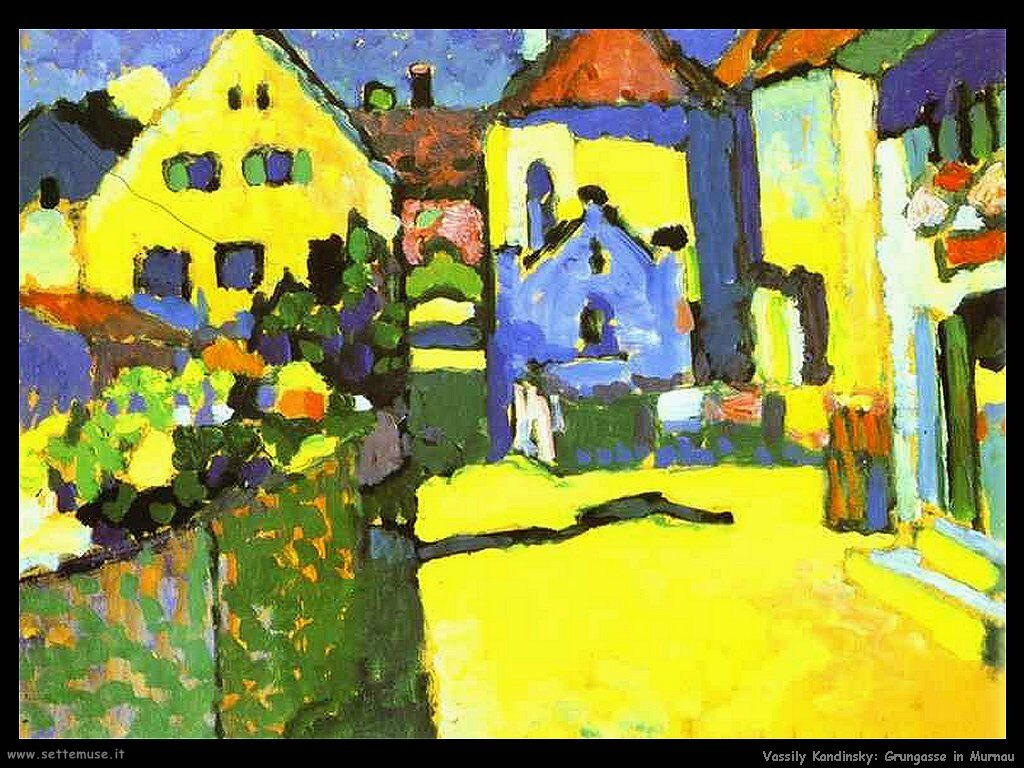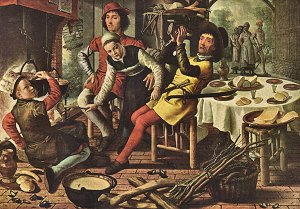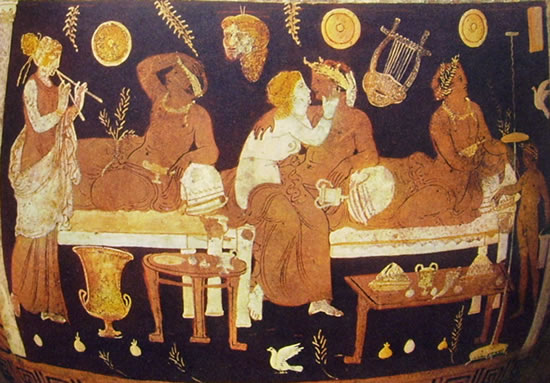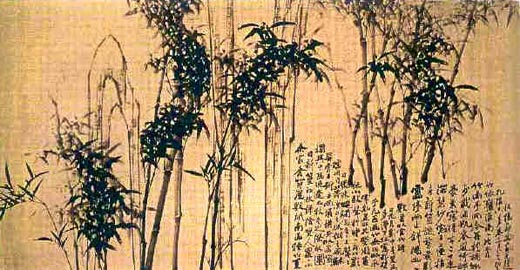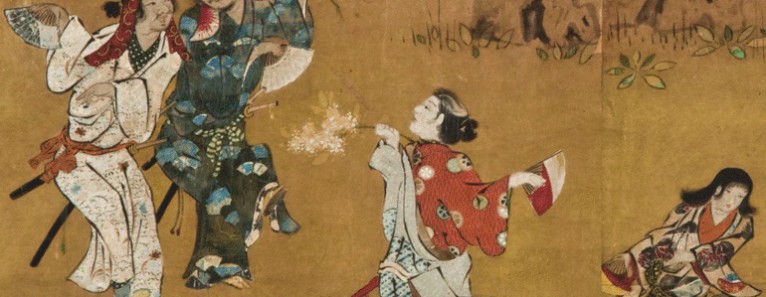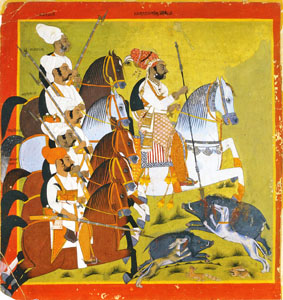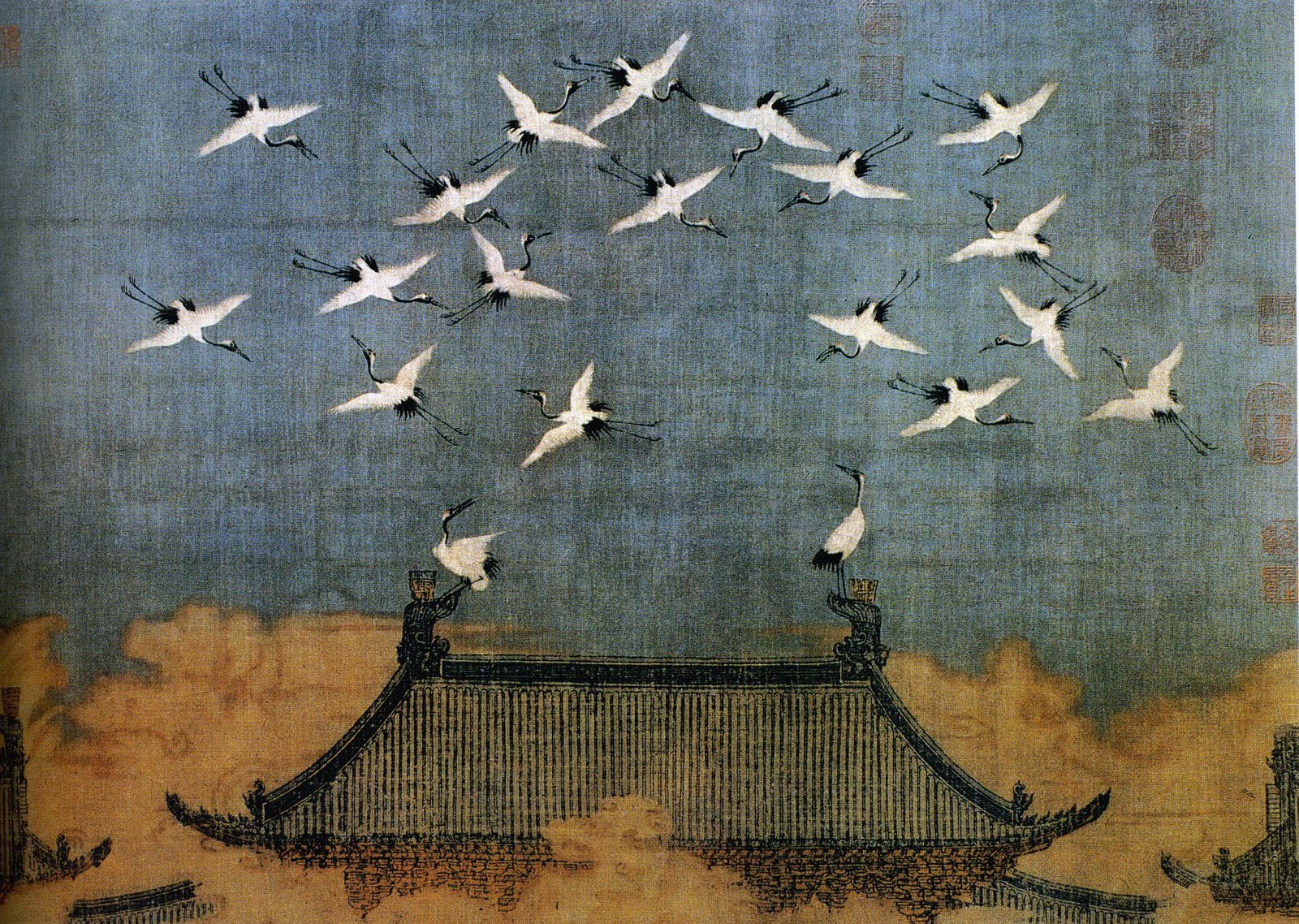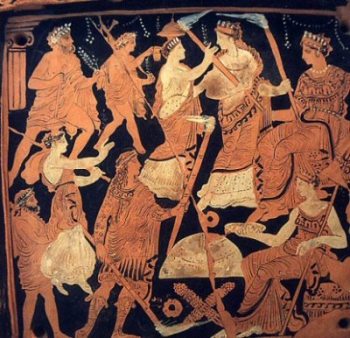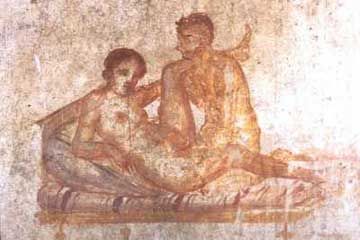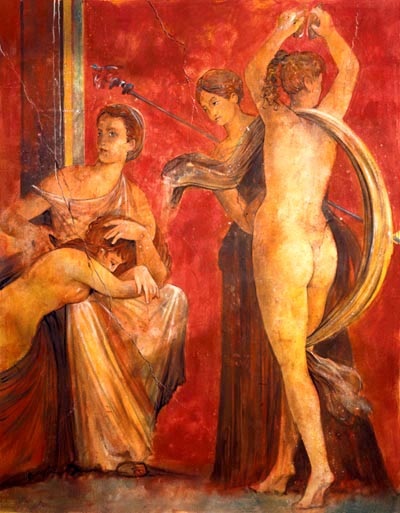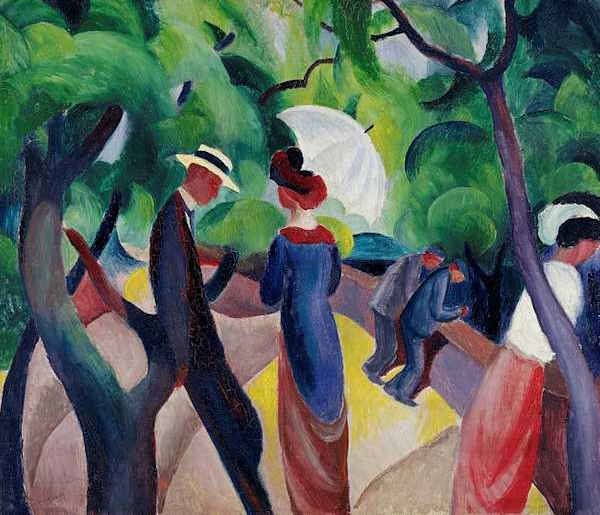Per i suoi nemici, non per chi in Saida Manoubia vedevano un simbolo dell’affrancamento da una condizione marginalizzata. Tanto che il suo mentore spirituale, Hassan al Chadhili, uno dei maggiori esponenti del sufismo, l’autorizzo’ a creare, lei donna e per molti eretica, una confraternita nell’ambito del suo ordine, la Chadiliyya. Un unicum piu’ che un privilegio. Anche la vita privata fu oggetto di una campagna di odio nei suoi confronti perche’, quando andava a pregare sulle colline che sovrastano Tunisi, si faceva accompagnare da quello che, ironicamente, era definito come il suo ”favorito”.
Ma tutto questo non ha scalfito, almeno sino ad oggi, la considerazione di cui gode, tanto che su di lei e’ stata redatta una agiografica da uno degli imam della moschea di Zitouna, che, sino all’avvento del laico Bourghiba, era la piu’ importante del Maghreb e ”gareggiava” con al Azhar per la supremazia nell’islam sunnita. Saida: donna, sapiente e libera, un bersaglio fin troppo facile per i salafiti tunisini di oggi che cercano di riportare indietro le lancette della condizione femminile nel Paese, tutelata da una legge, adottata subito dopo la fine del protettorato francese,la prima e piu’ avanzata nel mondo arabo.
Ma questa volta la scelta dell’obiettivo sembra destinata a creare una frattura dentro i musulmani tunisini perche’ si rivolge non tanto ad un simbolo dell’odiato sufismo, quanto perche’ indirizzato a chi, quasi otto secoli fa, andando contro la morale imperante, seppe, donna di origini umili, emergere in molti campi, spesso lontani, come le scienze, la teologia, la giurisprudenza islamica. Una donna che, cosa inattesa e non accettata, volle lavorare e scelse di farlo non nei quartieri piu’ poveri. A nove anni era considerata, per le cose che conosceva e faceva, una bambina prodigio, ma i pregiudizi anti-femminili del tempo mutarono tale giudizio, facendola ben presto bollare come una folle.
(Ansa, marzo 2021)

In Tunisia negli ultimi due anni sono stati dati alle fiamme ben quaranta templi sufi. Alcuni dei quali veri e propri monumenti storici e culturali, risalenti al Medioevo islamico. Anche se nell’Islam, come è purtroppo stranoto, la storia è andata all’incontrario: se all’epoca in questione i costumi dei musulmani erano più liberi di quelli dei cattolici e degli ortodossi, oggi, dopo duecento anni di wahabismo, si può dire esattamente il contrario.
Sia come sia, il governo retto da Ennahada, partito islamico sedicente moderato, in realtà filiazione dei Fratelli Musulmani, si è deciso finalmente a intervenire sia per preservare i tesori della cultura tunisina sia per proteggere “gli eretici sufi”. La notizia della trasformazione del deserto tunisino in una specie di terra di nessuno della guerra santa, né più né meno di quel che succede in quel del Mali, era stata data da vari media internazionali e da un meritevole servizio del settimanale Tempi diretto da Luigi Amicone.
Nell’articolo si riportavano le opinioni di alcuni esponenti del sufismo tunisino che si dichiaravano preoccupati della piega persecutoria presa dai salafiti contro chiunque non abbracci quell’Islam del fanatismo e della violenza che in realtà ha appigli molto arbitrari nelle scritture del Corano. Vengono riportate le parole di Mohamed El Heni, segretario generale dell’Unione sufi della Tunisia: «Ripeto che il governo arriva troppo tardi e noi speriamo che le misure siano messe in atto rapidamente e che non si tratti solo di un annuncio». Certo negli ultimi otto mesi sono stati bruciati ben 40 monasteri e luoghi di culto sufi, come si diceva prima.
Inoltre il misticismo individualista che caratterizza quello che si può definire il “monachesimo islamico” viene visto con molto risentimento da chi invece sta usando l’Islam come elemento della politica espansionista di alcuni Paesi arabi, come l’Arabia Saudita. Di fatto l’Islam, come l’Ebraismo, non media attraverso un sacerdote il rapporto tra l’individuo e Dio. Ma nel tempo si è creata una casta religiosa e parastatale che raccoglie l’eredità dispersa dei Califfi che venne completamente distrutta dai tartari a Baghdad nel 1258. Questa casta è anche quella che esprime la classe dirigente nei Paesi arabi, generalmente più che dispotica, e l’Islam viene usato per controllo sociale interno e per aggressione esterna. Per questo motivo il sufismo è stato sempre perseguitato sin dai tempi di Averroè e anche oggi, quando un partito di ispirazione islamica va al potere, i suoi esponenti vengono visti come i classici “cani in chiesa”. Anzi in moschea.
Dimitri Buffa, L’Opinione.it, 2013
How Tunisia’s resilient Sufis have withstood hard-line Islamist attack
Puritanical Salafist Muslims have attacked Sufi shrines and communities across the Arab world in a campaign to spread their influence. But in Tunisia, where national history and identity are intimately intertwined with Sufism, the Salafis have been thwarted.
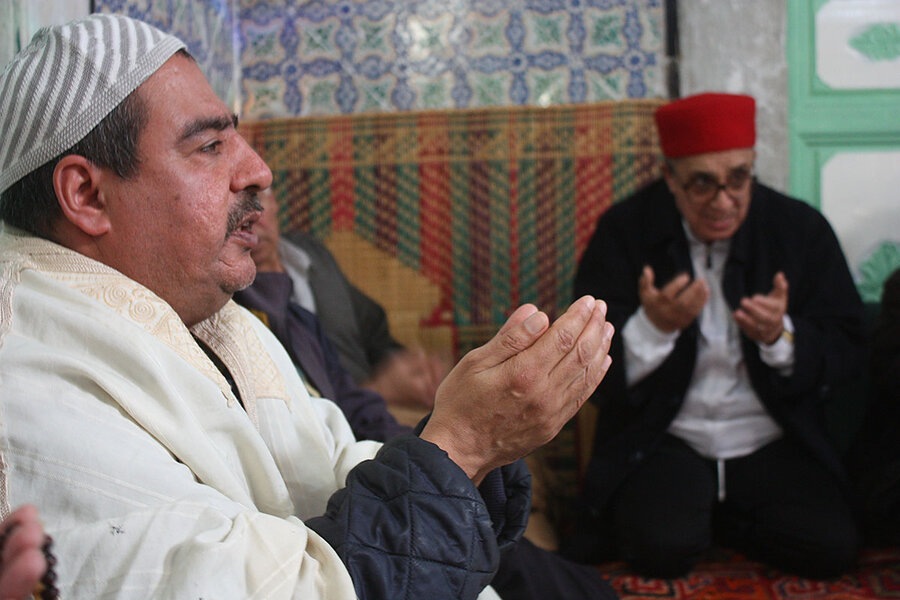
Taylor LuckWorshipers give supplications to God as part of a ziker, or Sufi recitation, at the shrine of Sidi Ibrahim Riahi in Tunis, Tunisia, on Feb. 9, 2018.
March 7, 2018
- By Taylor Luck Correspondent@taylor_luck
TUNIS, TUNISIA
“La ilaha ill-Allah, La ilaha ill-Allah,” the men, young and old, chant as they rock rhythmically, pressing wooden prayer beads through their hands.
“La ilaha ill-Allah” – There is no God but God – they repeat, every syllable rolling into the next without breath, a never-ending song of faith.
Minutes go by, hours. Such recitations, a pillar of Sufism, are reserved by some communities for special holidays but are part of the weekly, and at times daily, routine here in Tunisia.
Yet in Tunisia, a 1,000-year-old tradition of mystic Sufi orders has been under pressure by a campaign of threats, slander, and vandalism from hard-line Salafist groups seeking to take over mosques and communities since the country’s 2011 revolution.
Salafism, a strict puritanical strand of Islam originating from Saudi Arabia, rejects Sufis for their reverence for holy men and for their worldly search for divine truth in life. They see them as an obstacle to spreading their hard-line interpretation of Islam to parts of North Africa, Asia, and Europe.How the Taliban won: They leveraged Afghan history and culture
In a bid for influence following Arab Spring revolutions, Gulf-backed Salafis and Salafi-inspired groups such as the so-called Islamic State (ISIS) systematically demolished Sufi shrines, kidnapped and assassinated Sufi clerics, and killed Sufi prayer-goers in Egypt, Syria, and Libya.
In parts of the Arab world, Salafis’ voices have become so prominent, many Sufi movements and gatherings have adopted lower profiles to prevent attacks.
But in Tunisia, residents say, the Salafis have failed. They miscalculated, vastly underestimating Tunisians’ historical and generational connection to Sufism. Across the country, neighborhoods and towns are named after Sufi saints, and most Tunisian families can trace their lineage to a Sufi saint or holy person.
“We love God and we love our heritage,” says Mohammed, who is unemployed, after completing a Sufi recitation at the Sidi Ibrahim Riahi shrine in Tunis. “For some of us this is all we have. No extremist can take this away from us.”

Taylor LuckSufi cleric Sheikh Mohammed Riahi stands at the zawiya, or shrine, dedicated to his ancestor, Sidi Ibrahim Riahi, a revered Sufi holy person from the 18th century, in Tunis, Tunisia on Feb. 9, 2018.
Spiritual battleground
It was only natural that Tunisia, the lone success story from the Arab Spring, become a battleground between Gulf-backed Salafism and local Sufism. After toppling longtime dictator Zine el-Abidine Ben Ali, Tunisia established a modern democratic constitution guaranteeing human rights and a level of personal freedoms and transparency far exceeding other states in the region.
Taking advantage of the weakened state right after the revolution, between 2011 and 2013, hardline Salafis took control of most of the mosques in Tunisia. Salafist groups and supporters burned or desecrated 40 Sufi shrines and tombs. Hardline Islamists made inroads in marginalized communities by offering money to open small businesses, cover rent, or pay for weddings.
In many Arab states, Salafis have succeeded in spreading their influence, inciting the destruction of hundreds of Sufi shrines and tombs with little public outcry.
In Libya, Salafist Madkhalis used armed vice squads and alliances with warlords. In Egypt, Salafis are represented in parliament by a political party and their views are broadcast almost 24 hours a day on satellite networks and the radio. In Syria, Sufis have come under pressure from both Salafist groups and jihadists such as Al Qaeda and its various affiliates and ISIS.
But today Tunisians of all backgrounds between the ages of 10 and 90 file into Sufi shrines, or zawiyas, making supplications as routinely as grabbing a morning coffee or getting on the bus for the morning commute.
Out of Tunisia’s 11.5 million population there are more than 300,000 devoted members to various Sufi orders, say experts, who estimate that the vast majority of Tunisians identify with a Sufi order or saint without labeling themselves as Sufi.
“Before there was a Tunisian state, there was Sufism,” Mohammed Jayyoudi, a retired aeronautical engineer says as he leaves a morning recitation at Sidi Mahrez shrine. “We would give up our Tunisian nationality before we give up our traditions and religious practices.”
Sufis in Tunisian history
Sufism flourished in Tunisia starting around the 11th century, a millennium before the modern state, as mystic clerics opened up zawiyas, centers to search for God’s truth, and hosted regular ziker – recitations of Koranic verses, prayers, and the names of God and prophets.
These Sufi zawiyas, which taught Koranic memorization and Islamic jurisprudence, became epicenters of education in North Africa and helped Islam spread out across the continent.
Sufi holy persons also established schools, hospitals, and markets – building and fortifying towns across Tunisia, even using minarets and strategically placed shrines as a lookout for invaders. Sufi figures also became important leaders of popular and armed resistance movements against French, Italian, and British colonial occupation in the 19th and early 20th centuries across North Africa.
In Tunisia, the shrines to Sufi saints are both geographic landmarks and part of local folklore. Locals in the capital base their directions around the shrine of Sidi Mahrez – known locally as sultan of the medina, Tunis’s old city. And Sidi Bou Said Al Baji, whose tomb on a seaside clifftop overlooks a town of the same name, is believed to protect Tunisia’s coasts from invaders to this day.
And there is a bond stronger than history binding Tunisians and Sufism: blood.
Many Tunisians make annual and sometimes weekly visits to their holy Sufi ancestors’ shrines. Even secular Tunisians are proud of their Sufi lineage.
“We are related to Shadhili, others to Ben Arous and so on,” says Oussama Marassi, a self-proclaimed Marxist, naming prominent Sufi saints. “Whether you pray or not, you will stand up for your ancestor.”
“The Salafis underestimated how central Sufism and Sufi saints are to Tunisians’ identity and personal history,” Sheikh Mohammed Riahi, Sufi cleric and descendant of Sufi saint Ibrahim Riahi, said after completing prayers at his ancestor’s shrine.
“These are our ancestors. When these brazen attacks happened, Tunisians stood with Sufi orders and against extremism. Tunisians will always stand up for their own.”
Women’s role
Another wedge between Tunisians and Salafism is the latter’s male-dominated theology, alien to Tunisians’ progressive attitudes toward women’s role in the workplace and worship.
Women run many Sufi shrines across Tunisia, prepare and serve food for worshipers and the needy, while women are allowed to pray and supplicate at shrines alongside men – a rarity at Islamic sites.
Women take part in joint ziker recitations in shrines and at homes; often sitting in an adjacent room, joining men at the end of the recitations for food and tea. Women even perform their own rituals, such as a weekly recitations and Islamic songs at shrines such as Sidi Abul Hassan Shadhili zawiya in south Tunis.
This more inclusive approach of Sufism in Tunisia, combined with the country’s modernist, secular path since the 1950s, leaves many Tunisians bewildered by Salafis’ harsh restrictions on women.
“The Salafis tell us to stay in the home, clean, cook, and pray there,” says Noor, a Tunisian university student who was at Sidi Riahi zawiya. “All people – men and women – have the right to ascertain truth, remember God, and express their love to God. That is true Sufism.”
While Islamic movements have become hyper-politicized in much of the Arab world, Tunisian Sufis have been largely absent from the political sphere, protecting themselves from political attacks.
“For Tunisians, we don’t think of our way of worshiping and remembering God as Sufism or mysticism, it is just Islam,” says Sheikh Mazen Cherif, president of the Islamic World Union of Sufism, and a Tunisian Sufi thinker. “Sufism here unites, it doesn’t divide.”
Community outreach
Salafist movements have largely spread their hardline interpretation of Islam throughout the Arab world through charity; Gulf oil money funds Salafist charities that feed the poor, renovate homes, pay for university tuition, and provide funds to open small businesses in the Levant and North Africa.
In Tunisia, Sufis have the Salafists beat by around 900 years. Helping the poor has been a pillar of Sufism for nearly a millennium; many zawiyas operated as halfway homes for the needy and homeless, shop stalls were donated to local entrepreneurs.
To this day, Sufi zawiyas offer meals to the needy and worshipers. In multiple shrines visited by this reporter, homeless Tunisians and African migrants took part in communal meals following ziker.
“By giving and breaking bread we are reminded of our Islamic duty to help our fellow man and woman,” Faten Mohammed says as she brings a pot of pasta into Sidi Mahrez shrine. “We don’t need Salafis for this.”
Indeed, as fervent as Salafis may be in their own orthodox beliefs, they know their path forward in Tunisia today cannot be forced.
Saber Trabelsi, an unemployed resident of a marginalized Tunis suburb, came under the influence of hardline Salafists who came to his neighborhood mosque with offers of redemption and purpose in 2012. He, and many young men like him, reject Sufi mysticism and deride the veneration of saints as “polytheism” and “heresy.”
“Sufi practices are outside Islam and Sunni doctrine. It is paganism,” Mr. Trabelsi says.
But rather than confronting Sufi adherents with threats, insults, violence or denouncing them as kafirs, infidels, like many Salafis have done in Libya and Egypt, Trabelsi instead tries to politely counter their arguments with scripture.
Cristian Science Monitor



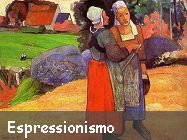





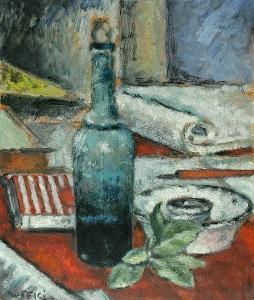



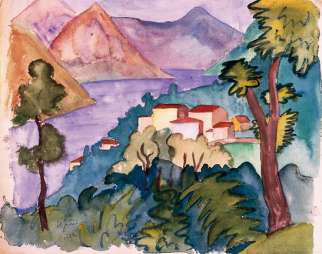

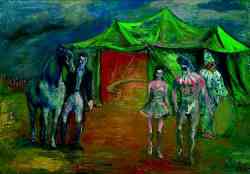



.jpg)

